Demi Lovato doesn’t just walk—she asserts. Outside the Waldorf Astoria in New York City on September 16, 2025, Lovato turned the sidewalk into a runway, reviving a piece of fashion history with unapologetic precision.
The look? A Pierre Cardin Autumn/Winter 1969 brown mock neck ribbed jumpsuit, reissued with reverence and edge. The fabric hugs the body in vertical texture, elongating the silhouette while the front zipper adds a utilitarian wink. The wide black belt—shiny, structured, and cinched with a circular buckle—anchors the ensemble with sculptural intent, a classic Cardin move that still feels futuristic.
Accessories were sharp and minimal. Black pointed-toe shoes peeked beneath the hem, elongating the leg line, while oversized black sunglasses added a dose of celebrity mystique. No jewelry, no distractions—just clean lines and confident styling.
Lovato’s posture was pure power: shoulders back, stride steady, expression composed. The backdrop—Waldorf Astoria’s engraved stone and gilded metalwork—offered a fitting contrast, echoing the elegance of mid-century modernism. It’s a look that could’ve walked off a 1969 runway and straight into a 2025 editorial spread.
Culturally, the outfit taps into a broader revival of archival futurism. Designers from Courrèges to Rabanne have been revisiting space-age silhouettes, but Lovato’s take is grounded—less moon landing, more Manhattan chic. It’s a reminder that fashion’s past isn’t just nostalgia—it’s a blueprint for reinvention.
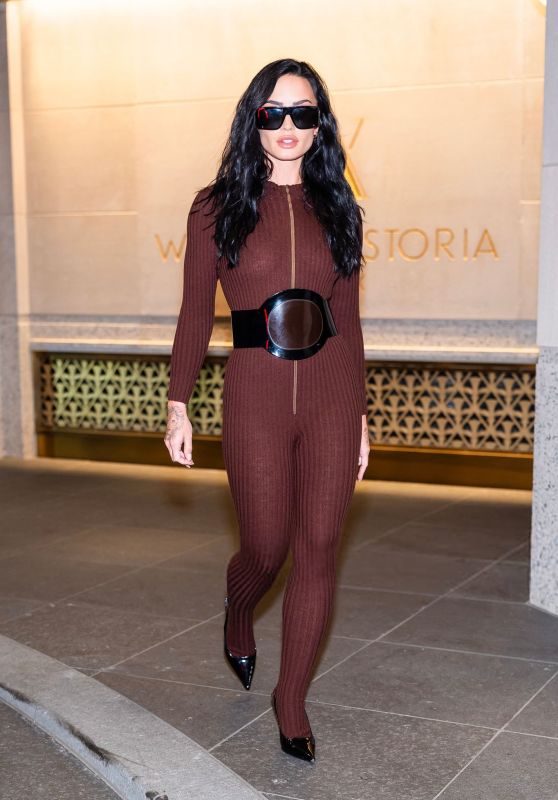
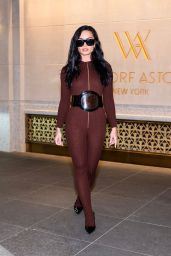
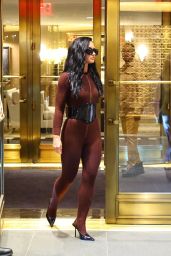

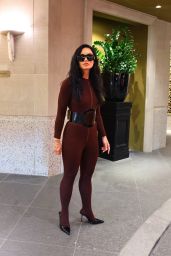
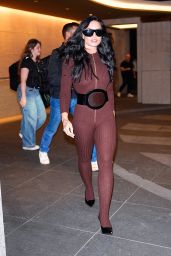
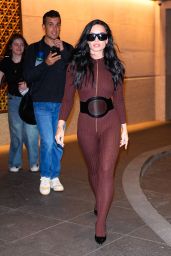

Share what you think